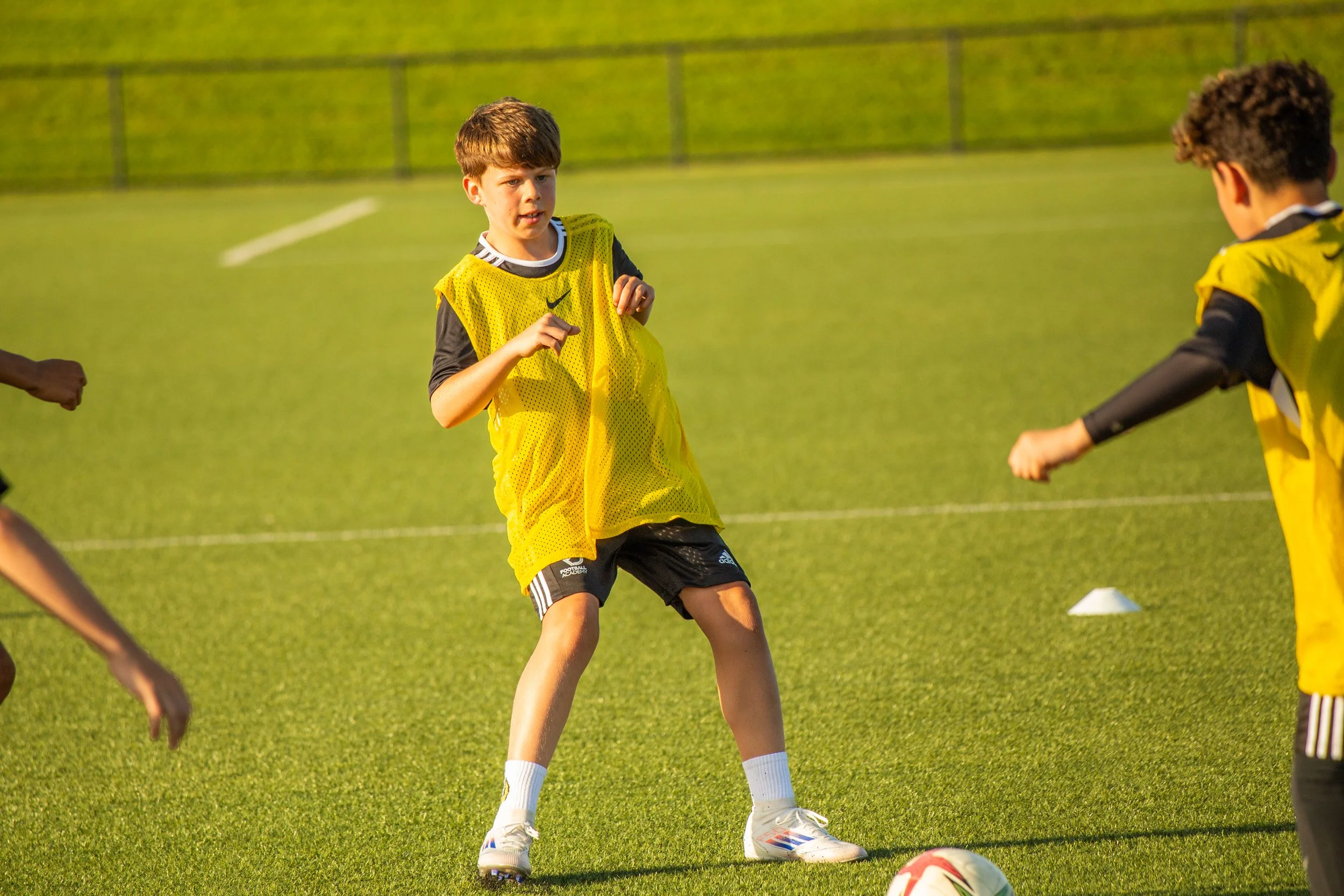Let them try: Why safe spaces should still stretch kids
One of the best things we can do for young athletes is give them space to try—not just a quiet, controlled space where they’re told what to do, but one where they’re encouraged to explore, make sense of things, and learn through experience. A space where mistakes aren’t just allowed—they’re expected.
Real learning doesn’t happen when everything is perfect. It occurs when kids are stretched just enough—when they’re nudged to solve problems, make decisions, and reflect on what worked and what didn’t. That’s where growth lives.
In training, that might look like a game with different rules, a decision-making challenge with limited time, or a physical task that tests their balance or coordination. It’s not about drilling the same movement over and over—it’s about giving them context. Letting them feel the difference. Guiding them to find their own way through it.
Repetition matters—but not just any repetition. What we’re aiming for is repetition with intention:
Perception – noticing what’s happening around them.
Decision – choosing what to do based on what they’ve seen.
Execution – carrying out the action they’ve chosen.
Each of these plays its own role depending on the context. But too often, we get caught up in the execution, when the real golden nugget lies in helping kids learn how to perceive and decide. Those are the skills that transfer across environments—because they’re rooted in awareness, not just action.
The goal isn’t to “get it right.” It’s to be able to apply it—when the game is fast, when there’s pressure, and when the answers aren’t obvious.
That’s how confidence is built. Not from someone saying “you’ve got this,” but from having been there enough times before. From trying, not getting it right, adjusting, and figuring it out.
So when we see a young player calmly turn out of a tight spot, shift their body to protect the ball under pressure, or thread a smart pass through a gap—it’s those three actions coming to life. And that flow comes from experiences that were messy, not perfect.
The key isn’t creating perfect environments. It’s creating meaningful ones. Environments that invite curiosity, questions, and challenge kids just enough to figure things out. We want kids to move, think, feel, and then try again.
Because at the end of the day, they’re not just learning skills. They’re learning how to learn. How to adapt. How to back themselves when things don’t go to plan.
And that’s something they’ll carry far beyond the pitch.


